I’ve grown several multi-million dollar businesses over the past decade.
And that includes multiple websites that have all grown into hundreds of thousands of visitors each month.
Interestingly, there’s a similarity between the two. Nobody knows you exist, so it’s tough to get off the ground. But then once you do gain momentum, your past efforts can help fuel your future growth.
I explore some of my strategies for learning online marketing in this video.
The key is getting to that ‘tipping point’ as quickly as possible.
And you can do that with one simple trick:
What you do away from your site is almost as important as what you do on it.
In this article, I’ll explain exactly what that means and how you can do it.
But here’s why you need to change your mindset about how to successfully launch in the first place.
How to Launch Your Brand like a New Product
My second business was an SEO agency. I’ve already told the story in detail before, so I’ll just give you a quick summary.
At first, I grew it the same way most other service businesses grow: Word of mouth.
People like you, like your work, and refer you to other people they know. Pretty soon, you can rack up six-figures just on a steady stream of referrals alone.
But there are two problems with this approach:
- Referrals often come inconsistently
- The number of people who can refer you will always be relatively low
So you end up hitting a cap at a certain point. There’s only so much you can do to get new referrals, and there’s only so many people who can introduce you to others.
This same exact thing is probably happening to your business right now.
Think about your friends on Facebook who annoy everyone with constant messages about their business. (Realtors are often the worst offenders.)
Obviously, their intentions are good, but their execution isn’t.
They’ve hit this same glass ceiling. They’re not able to reach new groups of people, so they keep going back to annoying the same ones they have.
In the early days that might have worked. Six figures might be enough for a one-person company. But pretty soon, you’re going to have to figure out a way to start bringing in more customers if you ever want to grow.
And that means you’re going to have to start bringing in more traffic, attention, backlinks, and leads to hit those lofty sales targets.
Instead, you should think of launching your online marketing like it’s a product or company.
The tactics will be important, but you’ll also need a strategy behind them that will transform that attention into interest, leads, and sales.
That means you:
- Have something awesome to talk about, share, and promote that provides utility (or some usefulness).
- Have a plan to reach a much larger audience than your existing Facebook fans (they’ll thank you later).
Let’s get started.
First Build Something Worth Talking About
The landing page software company, LeadPages, acquired the email marketing company, Drip, on July 7, 2016.
It was a major milestone for LeadPages, who already had 40,000 worldwide customers that were using their software to generate 150 million leads.
But here’s the thing.
LeadPages had only been officially founded only three years earlier in 2014.
How did they do it? How did they grow so fast in such a short amount of time?
Before LeadPages, there was a simple WordPress plugin named Lead Player (for videos).
Before that, there was a completely different piece of software called Welcome Gate that they gave away for free and attracted tens of thousands of downloads.
And before that, the team behind LeadPages had already built up a name for themselves offering SEO and freelance consulting. They worked for years on building an audience and a reputation, which they’ve been able to successfully parlay into bigger and better things.
The point is that this massive success didn’t fall out of the sky. At each step of the way, LeadPages had built something of incredible value and then was able to bring attention to it.
And a simple study from Brian Dean at Backlinko backs up this two-part formula.
So why does one page rank higher than another? While there are many variables, you can boil them down to two big ones (here are the direct quotes):
- “The number of linking to a page correlated with rankings more than any other factor.”
- “The average Google first page result contains 1,890 words.”
Backlinks (a proxy for attention) still reign supreme. Those (typically) won’t come unless you also have something worth linking to. Which in this case, means something long and in-depth.
That’s not easy!
Orbit Media’s research shows that the ‘quality bar’ for content continues to climb over previous years.
And that means we also have to spend more time and money on creating it, too. It’s not uncommon for a single blog post today to take anywhere from three hours to a full day.
It’s like the common problem of the chicken and the egg. Before getting eyeballs and leads, you need something worth talking about.
That’s exactly what ThinkApps did with their unique piece of content, “Apple Watch: What Your Favorite Apps Will Look Like” (as retold by Benji on Grow and Convert).
They capitalized on the news of the Apple Watch coming out a few years ago with this piece that enlisted the help of partner agencies who created design concepts of their favorite apps.
Nobody had ever done this before, and this concept artwork didn’t exist anywhere else. So they had the perfect ammunition to use to entice journalists with their unique story.
The end result?
- Over 20,000 visitors
- Over 200 backlinks
- Including press from 9 to 5 Mac, Gizmodo, LayerVault, Paris Lemon, etc.
- And it was syndicated to over 200 related websites
Not bad, right?!
I’ve successfully scaled the same strategy with my ‘Ultimate Guides’ (which was inspired by the Moz Beginners Guide to SEO).
My first experiment with this strategy brought in 212,584 visits with thousands of social shares and hundreds of comments. But since the second one, they’ve each pulled in over 361,494 visitors to date.
So the first step is to have something worth promoting. (Even if you just use content before you have a product or service ready.) That’s not easy, and it’s going to take time and money to pull it off successfully.
But when you do have it ready, the next step is to get attention from other influential places. Here’s how.
How to Drive Referral Traffic from the Best Sites on the Internet
If people are ever going to hire or buy from you, they need to know who you are.
And that doesn’t happen by blogging on your own site in a vacuum.
There are already over two million posts published each day. Not to be rude, but you can’t compete with that amount of noise. At least, not in the beginning when nobody knows who you are.
That means you have to go out and get attention or eyeballs back to your site.
For example, speaking offline at conferences was one of the best ways I was able to drive customers back to my SEO agency.
I could speak at an event that had nothing to do with marketing (so there wasn’t any competition) and lock up a million-dollar contract with PokerStrategy.com.
The next step I took when building out my agency was to help huge blogs like TechCrunch and Gawker Media. I helped them drastically increase traffic and revenue in exchange for them linking back to my site.
The point is that you need to make a name for yourself in other places, first, to drive all of that interest back to your site.
You start by literally “giving away the farm.” Don’t hold back (because again, there’s probably nobody reading it on your site anyway).
Two of the easiest places to start are guest posting and content syndication.
Start by seeing who already accepts guest posts by doing a simple search. For example, let’s see if we can find any sites related to “fishing rods” that are accepting guest posts from other people.
Now I’ll admit: I know absolutely nothing about fishing. I just wanted to pull a random topic from the top of my head to show you that this still works in other, ‘boring’ industries.
If sites already accept guest authors or contributors like this, you’ll often find a link with details somewhere in the sidebar, About page, or below in the site’s footer.
It takes a little research to comb through these results, see which sites are high value, and then find their contributor guidelines. But in the early days, all you have is time, right? 😉
The biggest drawback with guest posting is that it’s not scalable. You saw just how much work it can be to find a single website. Now imagine trying to do that for multiple sites each month. And we haven’t even touched on actually writing out each post!
That’s where content syndication can help.
Content syndication allows you to take the same article and distribute it to many places at once. For example, some sites like Social Media Today will even let you add your blog feed.
Now, each time you hit publish back on your own site, the content will be automatically resent over to these other ones. Medium is another perfect place you should distribute each post so that it reaches a wider audience.
The biggest downside with content syndication is that you can potentially sabotage your own SEO efforts. For example, duplicate content is a risk because it looks like you’re just copying and pasting content from one site to the other.
You can avoid that by adding a canonical link. This tells search engines which piece of content is the ‘original’ version, and therefore which should receive all of the credit.
For example, you’ll often find a link that looks like this at the bottom of a post that’s been syndicated on a big site:
Then when you look at the source code, you’ll notice the canonical link is pointing back to the original version (in this case, the one on Unbounce):
Now You’re Ready for Data-Driven Partnerships
In time, you can start to even ‘move up the food chain’ by working closely with top brands.
For example, you might start with just a simple one-off guest post on a big site. But if you help them get readers, they’ll often invite you back until you can turn it into recurring columns on places like Inc. or Forbes.
Many people fail to grow their new businesses because they’re stuck with the same group of people (remember your realtor friend on Facebook?!).
For example, I would look for ad agencies to work with when building my SEO agency so that we could become their outsourced arm. We were their team of specialists they brought in when a client needed SEO, but they didn’t want to manage it.
Many times they’d even white label our services and sell them as their own!
You can take this same ‘partnership’ angle online with almost any activity. For example. Devesh Khanal helped out Brian Dean with a massive guide on conversion optimization and received a mention + backlink for his troubles:
Journalists are always looking for an interesting ‘hook.’ 9 to 5 Mac picking up ThinkApps Apple Watch artwork piece was a perfect example of that.
Similarly, software companies are always looking for new expert-driven content that can drive attention and links back to their site. Webinars are a perfect solution for both parties then. They get expert content, and you can get new exposure in front of a huge audience that’s never heard of you before.
Another spin on this includes working with complementary partners to run a huge giveaway. For example, years ago while working with a travel client, I reached out to several other complementary businesses (hotels, restaurants, etc.).
We were able to put together an awesome giveaway package that would send someone across the country to their favorite vacation destination with everything paid for. All it cost was each partner donating their own goods or services at cost. So the true, ‘out of pocket cost’ was tiny for everyone (especially when you compare it to all of the attention the campaign generated, and what that would have cost in advertising dollars).
You can also enlist individual influencers who have their own large communities of people who could eventually hire you.
People used to discover new products from ads. Until, of course, everyone went banner blind.
Today, we ignore anything that resembles an online ad, or we actively try to block it with an ad blocker.
So how do people discover new products today?
They discover new products through their friends, family, and influencers! Almost everyone (92%) trust recommendations from another individual over the brand itself (even if they don’t personally know those people).
But while influencers often have a ton of social clout, they usually are looking for one thing and one thing only: money. So you can sponsor them, advertise, or create a spokesperson arrangement. That’s what Vistage did with Chris Brogan back when they were relaunching their blog.
They provided him with free access to an exclusive event (where he could meet potential clients), and in exchange, he would essentially promote the event and Vistage.
Those first few blog posts helped them bring in 3,000 visitors on the very first day, which they were then able to scale up to another 20,000.
As you can see, most of this early work is based largely on experimentation. You’re working with many other large sites, brands, companies, and influencers to see which ones work best.
Analytics will give you the answer.
For example, start by looking at which websites are sending the most referral traffic back to your site. In the early days, you can look at each referral website to see where it’s best to spend your time.
You need traffic and attention in the early days, even though they can be considered vanity metrics that don’t necessarily pay the bills.
The logic goes back to the chicken and egg problem we talked about earlier.
In the long run, organic search will almost always be your top driver of new customers online. That’s because people search with intent, typing in the exact keyphrases that lead them to your product or service.
However, search engines don’t even know you exist in the beginning.
So you need to start getting your name out there through every possible channel. You create something awesome that’s worth talking about, and then you get it out into the world through a variety of different tactics.
Then you repeat these steps day after day, week after week, month after month until you start seeing organic search become your top driver of new business.
It’s like a snowball that takes time and commitment to gain momentum. You need to work on getting mentions, traffic, shares, and links. All of this will help you reach a ‘tipping point’ where your existing visitors and audience will do your promotion for you.
Conclusion
Are you starting from scratch?
You first need to create something worth talking about (whether that’s a product, service, or simply a piece of content). And then you need to make sure every single possible person is hearing about it, consistently, over time.
Sounds easy in theory, but in practice, it’s anything but easy.
Are you trying to grow a new company? Are you stuck in the trenches right now, trying to get your brand off the ground?
It’s not easy!
But following the strategies I mentioned above will give you a nice head start when it comes to driving brand awareness and interest.
Whatever you do, don’t expect results overnight, and don’t expect the process to be a walk in the park. It will take time, persistence, and a lot of rejection. Not everyone will want you to guest post on their site, and not everyone who sees your syndicated article will click on the link.
But if you put in the time and hustle, you will end up learning what works for you and for your niche.
Once you figure that out, you’re golden.
Which online marketing tactics have you implemented to get your business off the ground and running?

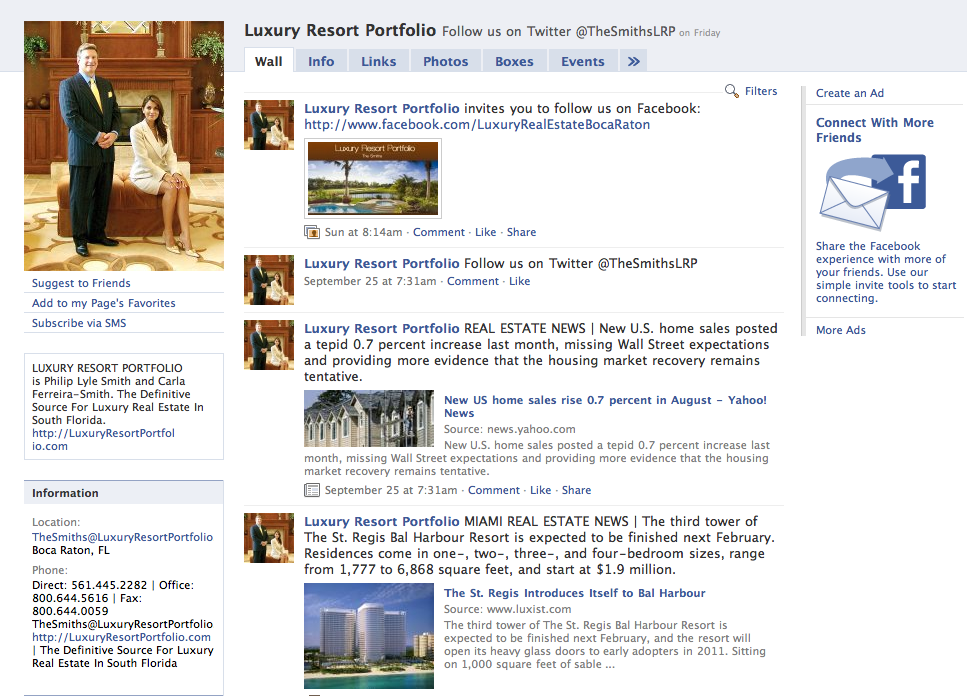
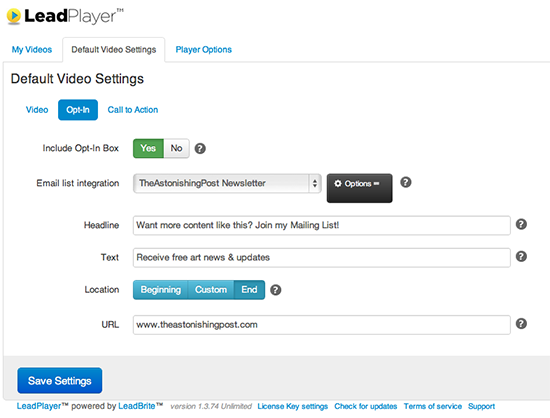
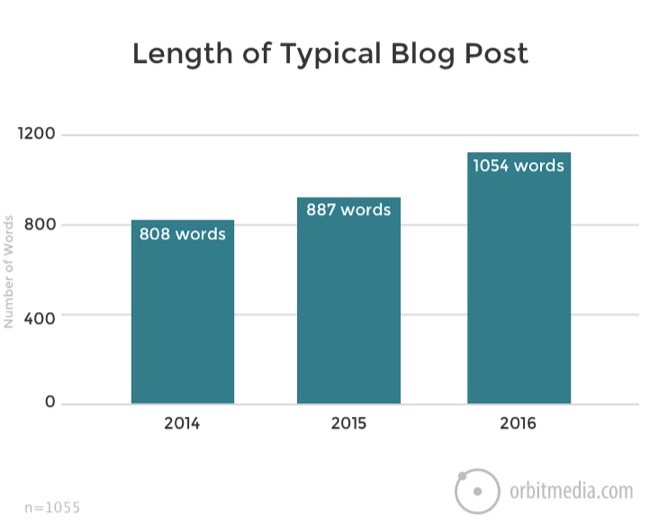
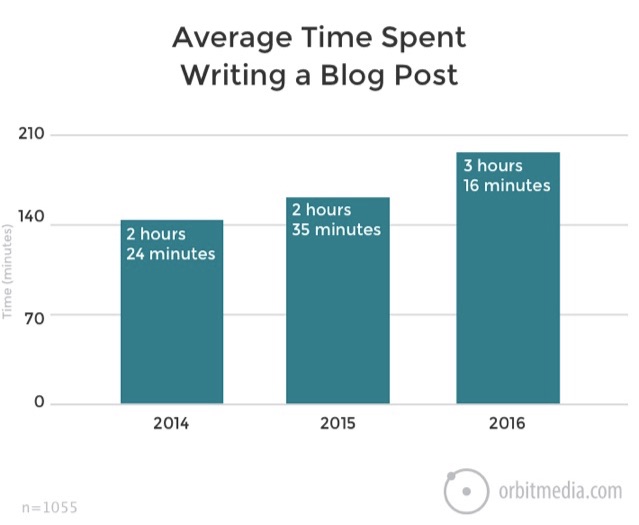










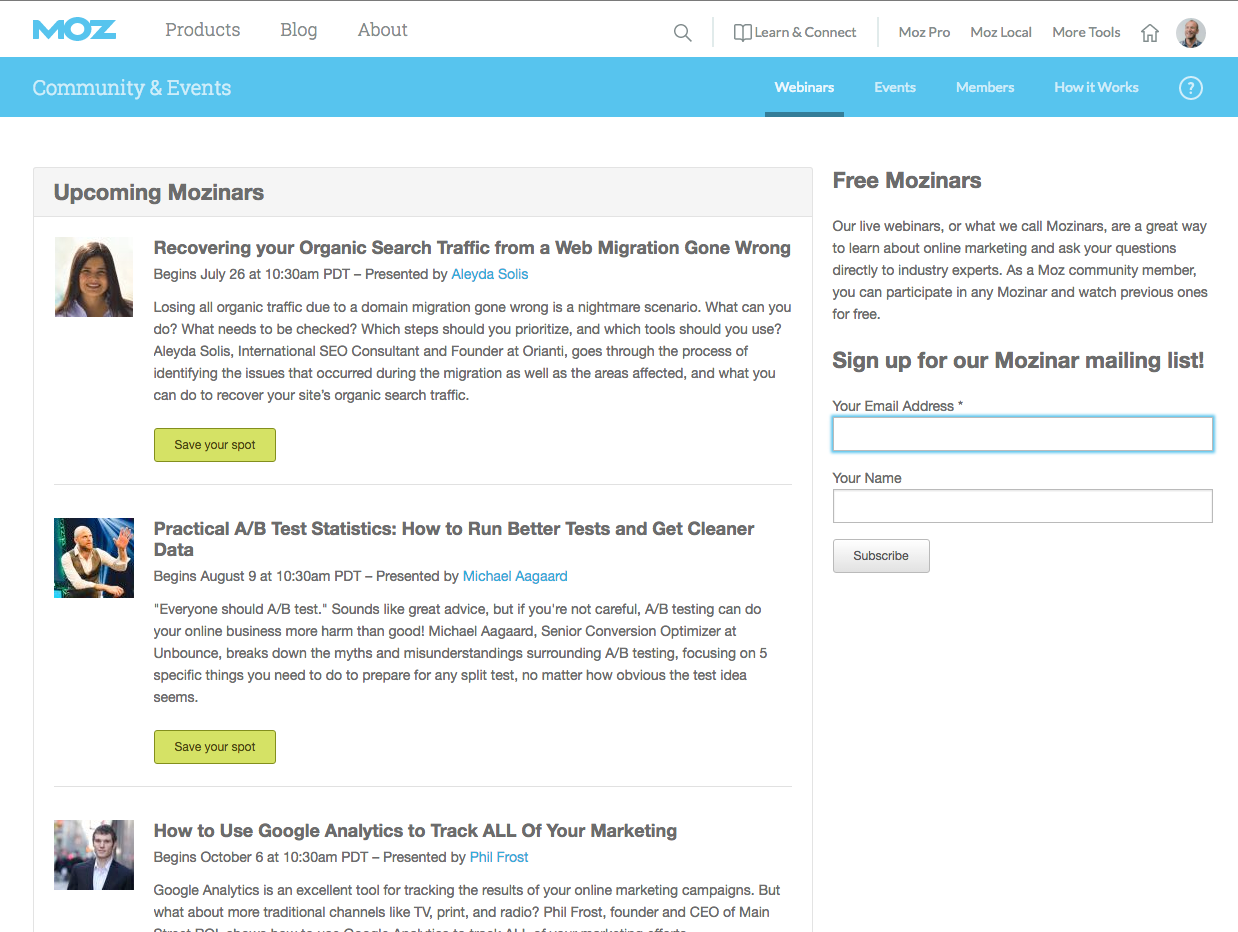
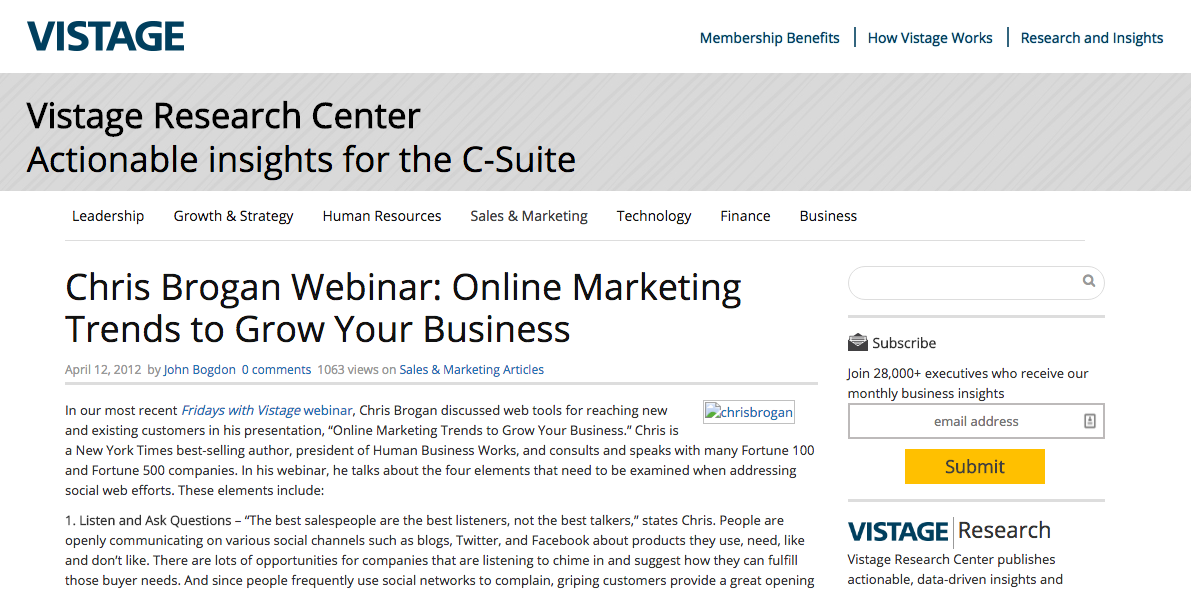
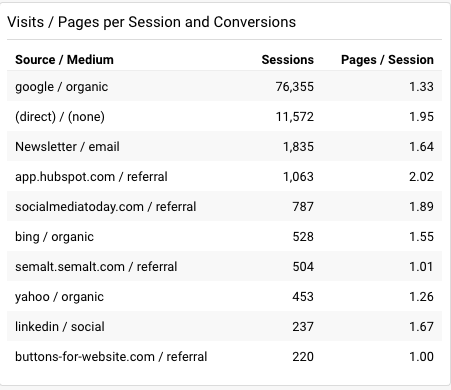
Comments (2)